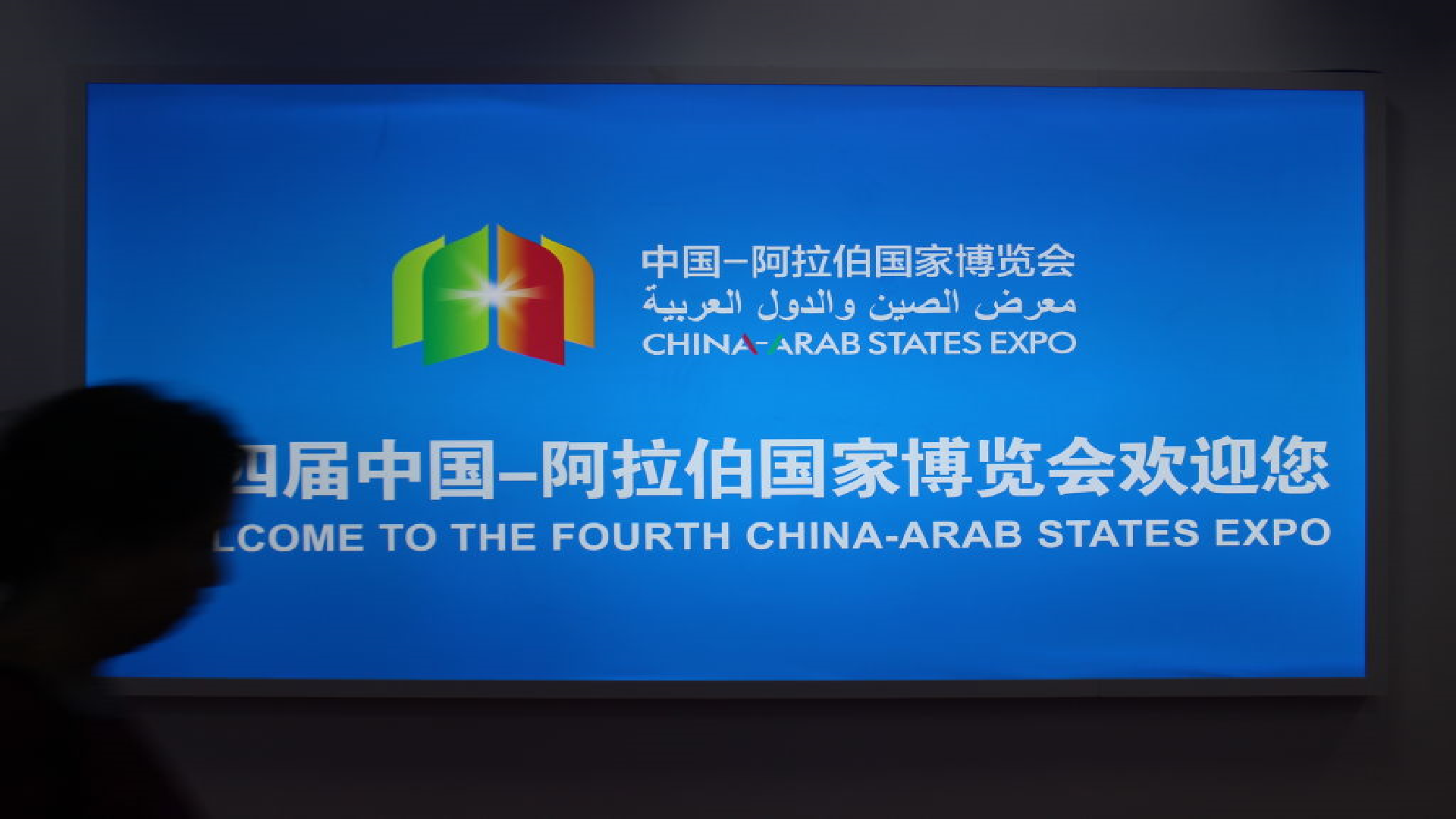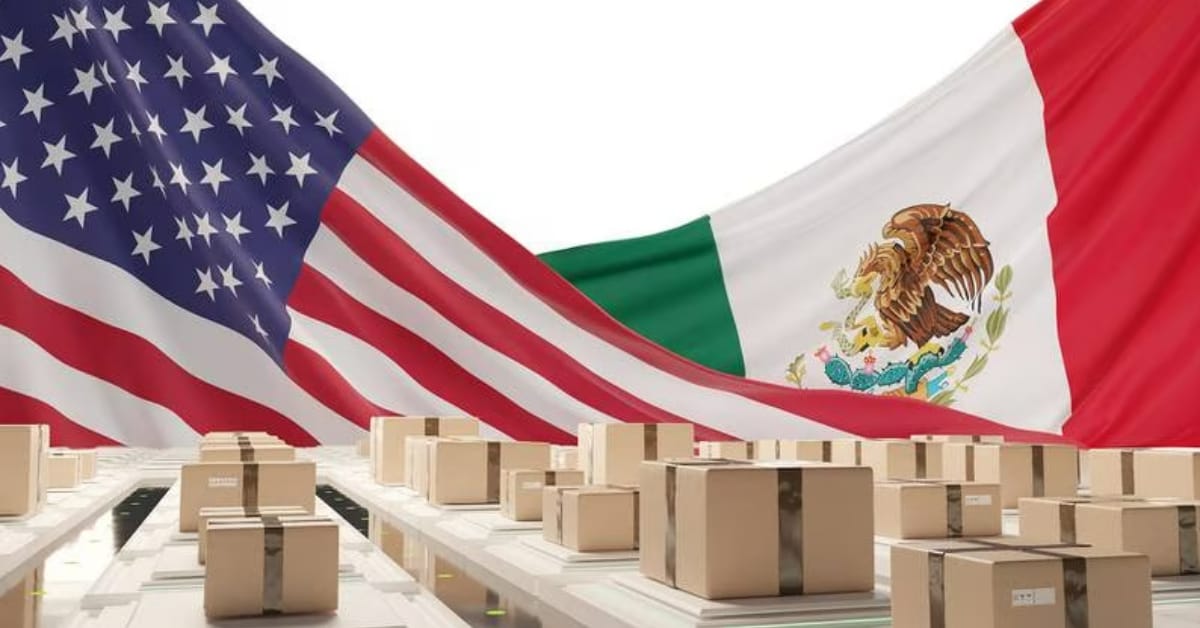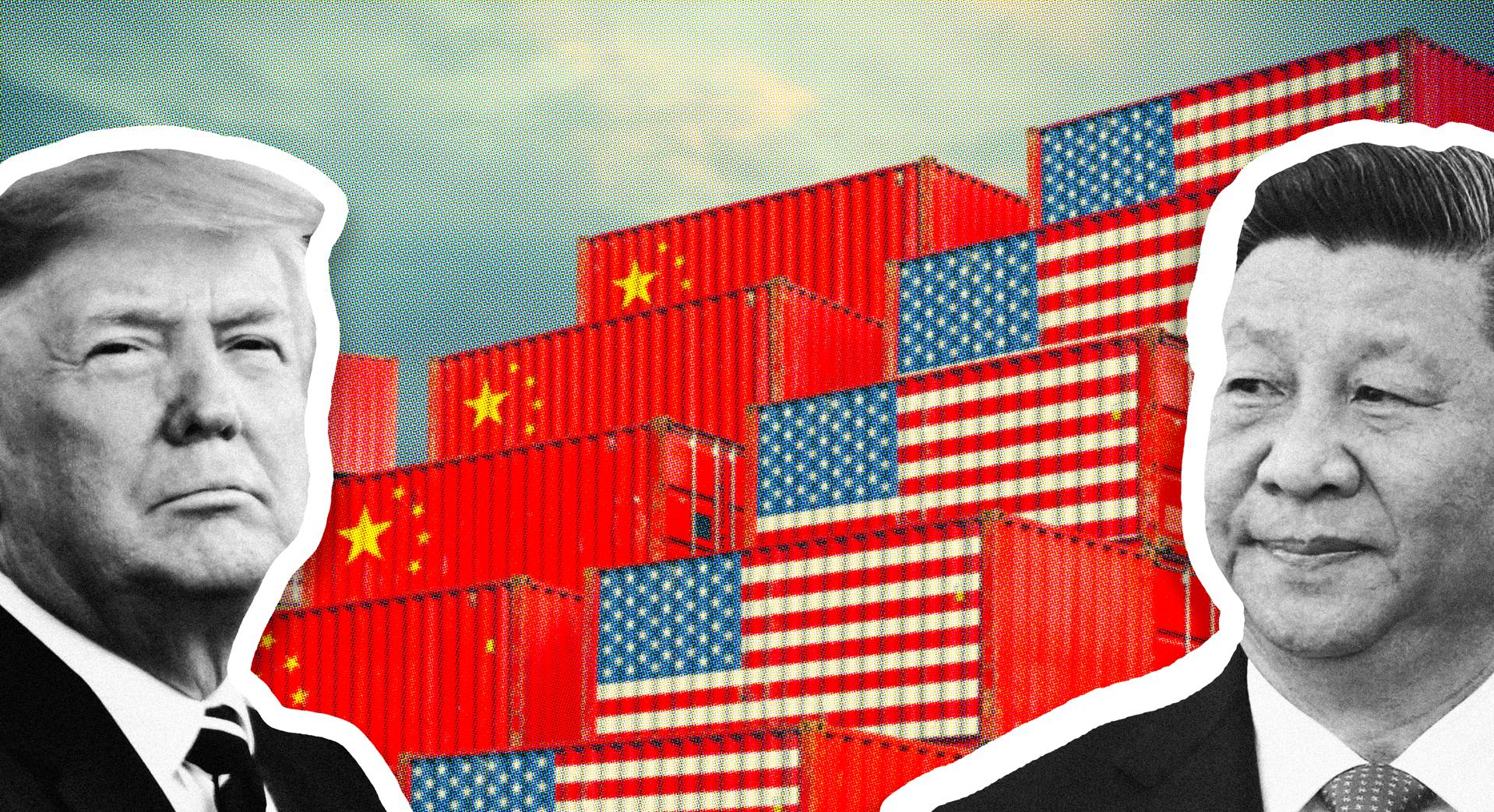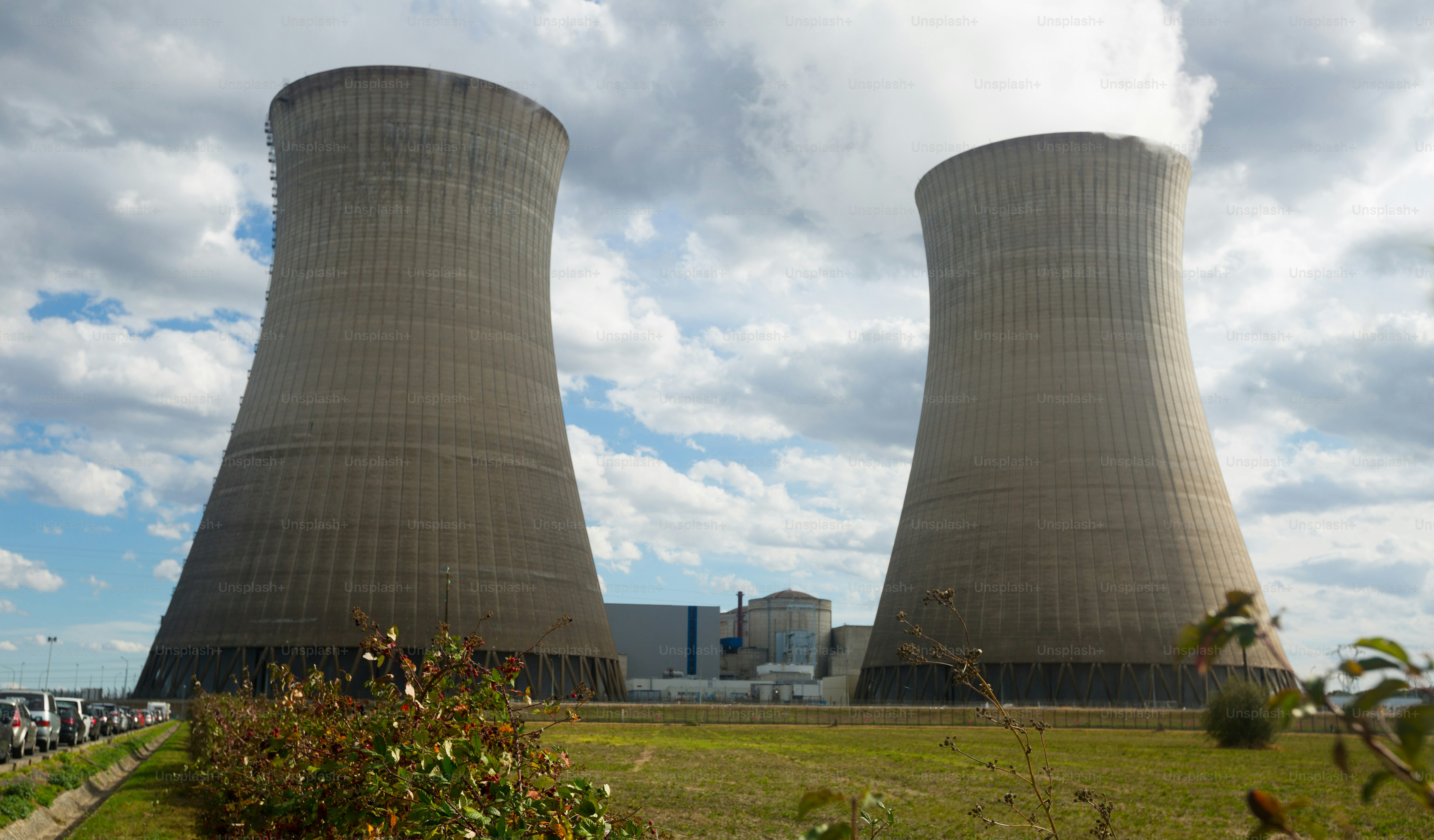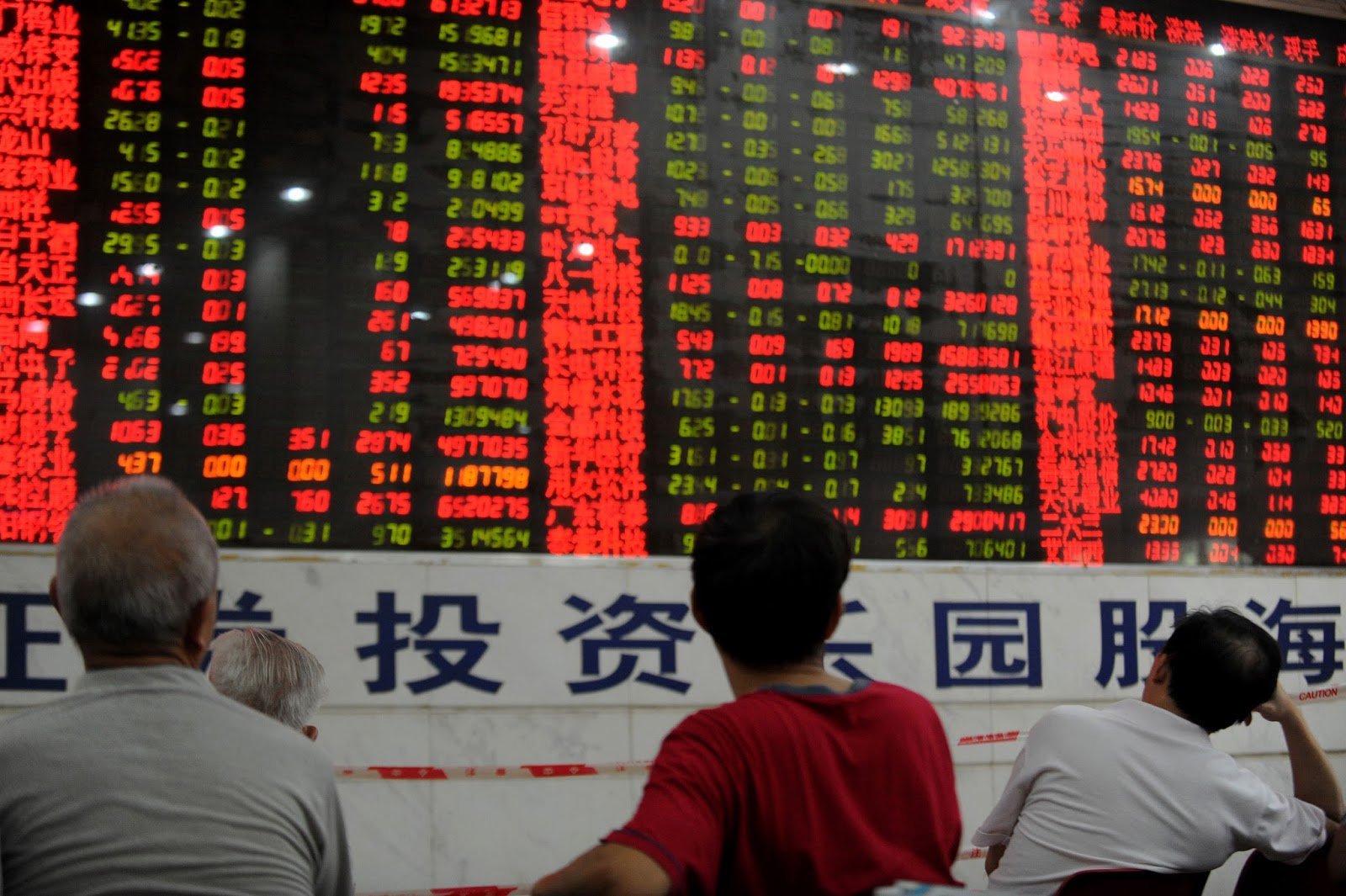Alright, folks, let’s cut through the noise. The US and Japan just wrapped up their second round of tariff negotiations in Washington, and while both sides are claiming “deep discussions,” let’s be real – we’re miles from a deal that’ll truly shake things up. Japan’s economic minister, Akazawa Ryosuke, delivered the standard post-meeting platitudes, but let’s dissect what’s likely happening behind the scenes.
This isn’t about friendly chats over tea. It’s a pressure tactic. The Biden administration is clearly aiming to level the playing field, specifically regarding auto imports and the persistent trade deficit. Japan, predictably, is pushing back, protecting its industries and aiming for minimal concessions. It’s a delicate dance, folks, a high-stakes game of economic poker.
Here’s a quick knowledge boost, because you deserve real insights:
Tariffs are essentially taxes imposed on imported goods. They can be used to protect domestic industries or retaliate against unfair trade practices. They increase the cost of imported products, potentially boosting domestic production.
Trade deficits occur when a country imports more goods and services than it exports. The US has historically run a significant trade deficit with Japan. Reducing this deficit is a key economic goal for the US.
Negotiations like these are rarely straightforward. They involve complex calculations, political considerations, and a whole lot of posturing. Don’t expect an instant resolution. The impact of tariffs extends beyond just the products themselves; it ripples through supply chains and consumer prices.
Ultimately, whether these talks yield meaningful change remains to be seen. Don’t get swept up in the initial hype. We’re likely in for a prolonged period of negotiation and potential skirmishes. Stay tuned – this one’s going to be interesting.

